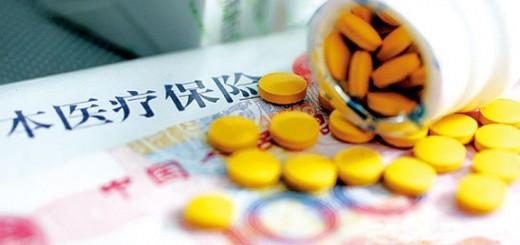| Share This Article
Research Frontiers of Medicinal Plants |
||
| DOWNLOAD |
|
Downloads Pharmacological Review of Ginsenoside Dammarane Saponin Rh2 Downloads Pharmacological Review of Ginsenoside Dammarane Saponin Rg1 Downloads Pharmacological Review of Ginsenoside Dammarane Saponin Rb1 Downloads Pharmacological Review of Aglycon Dammarane Sapogenin (AGS) – Protopanaxatriol (PPT) Downloads Pharmacological Review of Aglycon Dammarane Sapogenin (AGS) – Protopanaxadiol (PPD) |
PPT improves hematopoiesis in myelosuppression mice
Background: 20S-protopanaxadiol (PPD) is a major gastrointestinal metabolic product of ginsenosides. The latter share structural similarity with steroids and are the main pharmacologically active component in ginseng. Methods: The authors investigated the interaction between aPPD and estrogen receptors (ER) in human breast adenocarcinoma MCF-7 cells through receptor binding assay, ER-induced gene expression, and cell proliferation both in vitro and in vivo. Results: aPPD, but not its close analog ginsenosides, competed with the [(3)H]-17-beta estradiol (E2) for ER with IC(50) at 26.3 microM. aPPD alone weakly induced luciferase reporter-gene expression controlled by an estrogen-regulated element, which was completely blocked by tamoxifen. aPPD alone, or in synergy with tamoxifen, blocked E2-induced transcriptional activation. aPPD also inhibited colony formation of endometrial cancer cells. aPPD potently inhibited estrogen-stimulated MCF-7 cell proliferation and synergistically enhanced the cytotoxicity of tamoxifen on both ER+ MCF-7 and ER- MDA-MB231 cells. Furthermore, aPPD, but not tamoxifen, inhibited Akt phosphorylation. Growth of MCF-7 xenograft tumor supplemented with E2 was completely inhibited in animals treated with aPPD, tamoxifen, or aPPD plus tamoxifen. Conclusion: These results suggested that aPPD inhibits estrogen-stimulated gene expression and cell proliferation in ER-positive breast cancer cells. In addition, aPPD synergistically enhances cytotoxicity of tamoxifen in an ER-independent fashion, probably by down-regulating Akt activity. Source: Yu Y, Zhou Q, Hang Y, Bu X, Jia W. Antiestrogenic effect of 20S-protopanaxadiol and its synergy with tamoxifen on breast cancer cells. Cancer. 2007 Jun 1;109(11):2374-82. |








